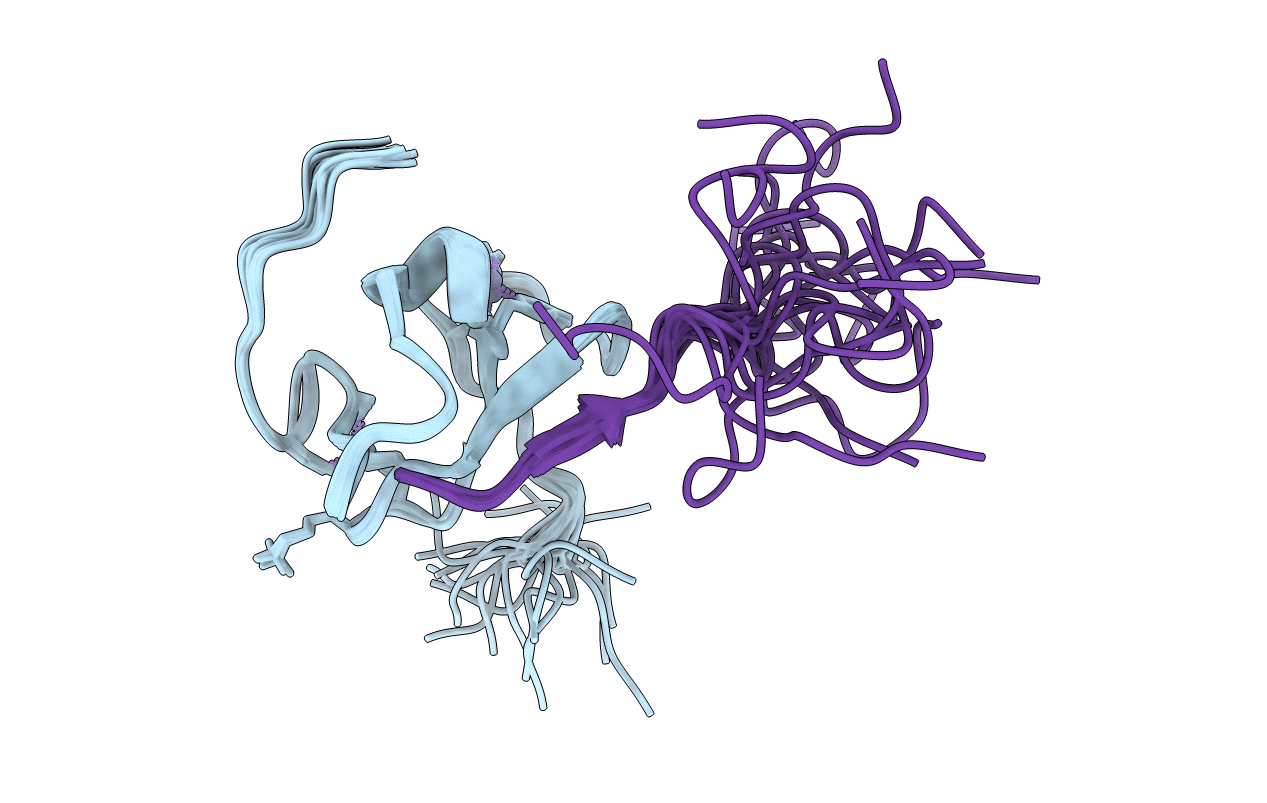
Deposition Date
2022-06-05
Release Date
2022-10-12
Last Version Date
2022-10-12
Entry Detail
PDB ID:
7Y0I
Keywords:
Title:
Solution structures of ASH1L PHD domain in complex with H3K4me2 peptide
Biological Source:
Source Organism:
Homo sapiens (Taxon ID: 9606)
Host Organism:
Method Details:
Experimental Method:
Conformers Calculated:
200
Conformers Submitted:
20
Selection Criteria:
structures with the lowest energy


